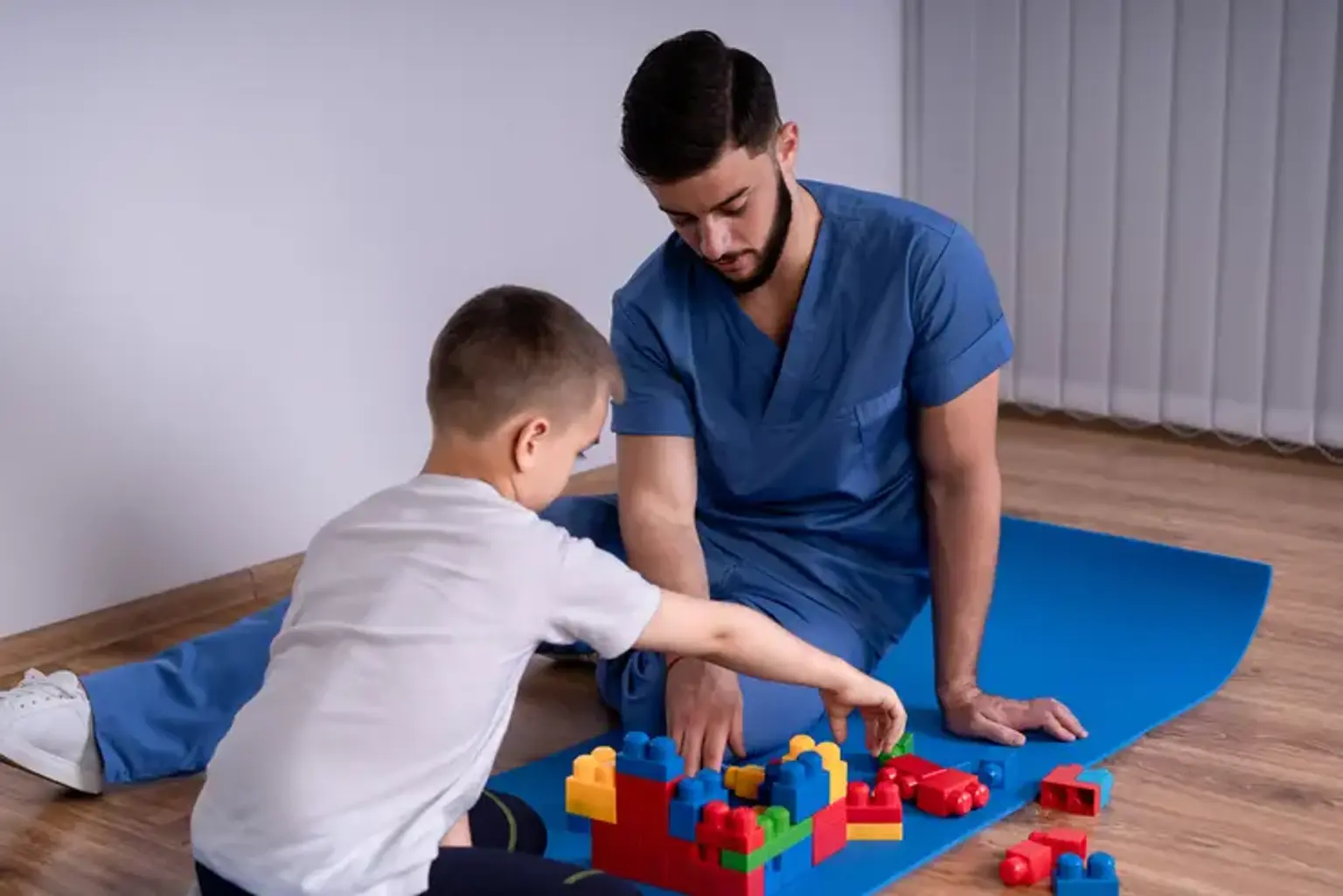Pediatric Rehabilitation
Children can require assistance regaining their physical strength, mobility, or skills following an illness or accident. Children with developmental problems may need continuing therapy to reach their full potential.
For these youngsters, rehabilitation therapy that focuses on how their bodies move, their minds process information, and how they interpret and make sounds is essential to medical care. Children in many areas around the US receive these therapies from physiatrists, physiotherapists, occupational therapists, rehabilitation nurses, and speech-language pathologists.
The child life experts, creative arts counselors, horticultural therapists, recreation therapists, social workers, and specialists in integrative medicine who support the pediatric rehabilitation team offer your child the additional care they require to deal with their social and emotional aspects condition.
